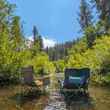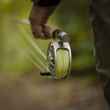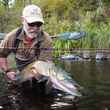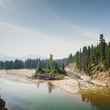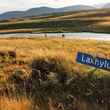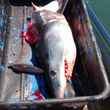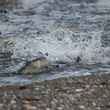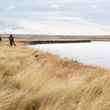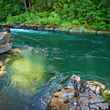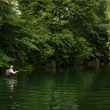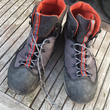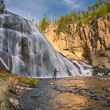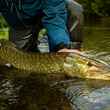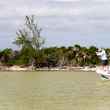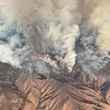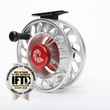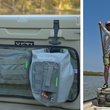The Delaware River is widely considered to be one of the greatest natural and recreational resources in the United States, the pinnacle of fly fishing in the eastern half of the country and the source of drinking water for over 15 million people. The multi-state commission that regulates the region surrounding the this river system, the DRBC (Delaware River Basin Commission), has been the focus of a great deal of controversy as of late, due to its failure to impose regulations regarding the construction of natural gas pipelines in the Delaware River watershed.
Until recently, the DRBC -- which was established in the 1960s by President Kennedy as an organization "with the force of law to oversee a unified approach to managing a river system without regard to political boundaries" -- has taken a tough stance against fracking in its watershed, and continues to maintain a moratorium on the process. However, the commission has allowed -- thus far without review -- 13 natural gas pipelines that are being built or are planned to be built through the Delaware River watershed. Though the commission's rules do not traditionally permit it to regulate pipeline constructions, critics claim that certain exceptions give the DRBC the power and responsibility to review and regulate pipeline construction, a responsibility which these critics say the DRBC has ignored.

